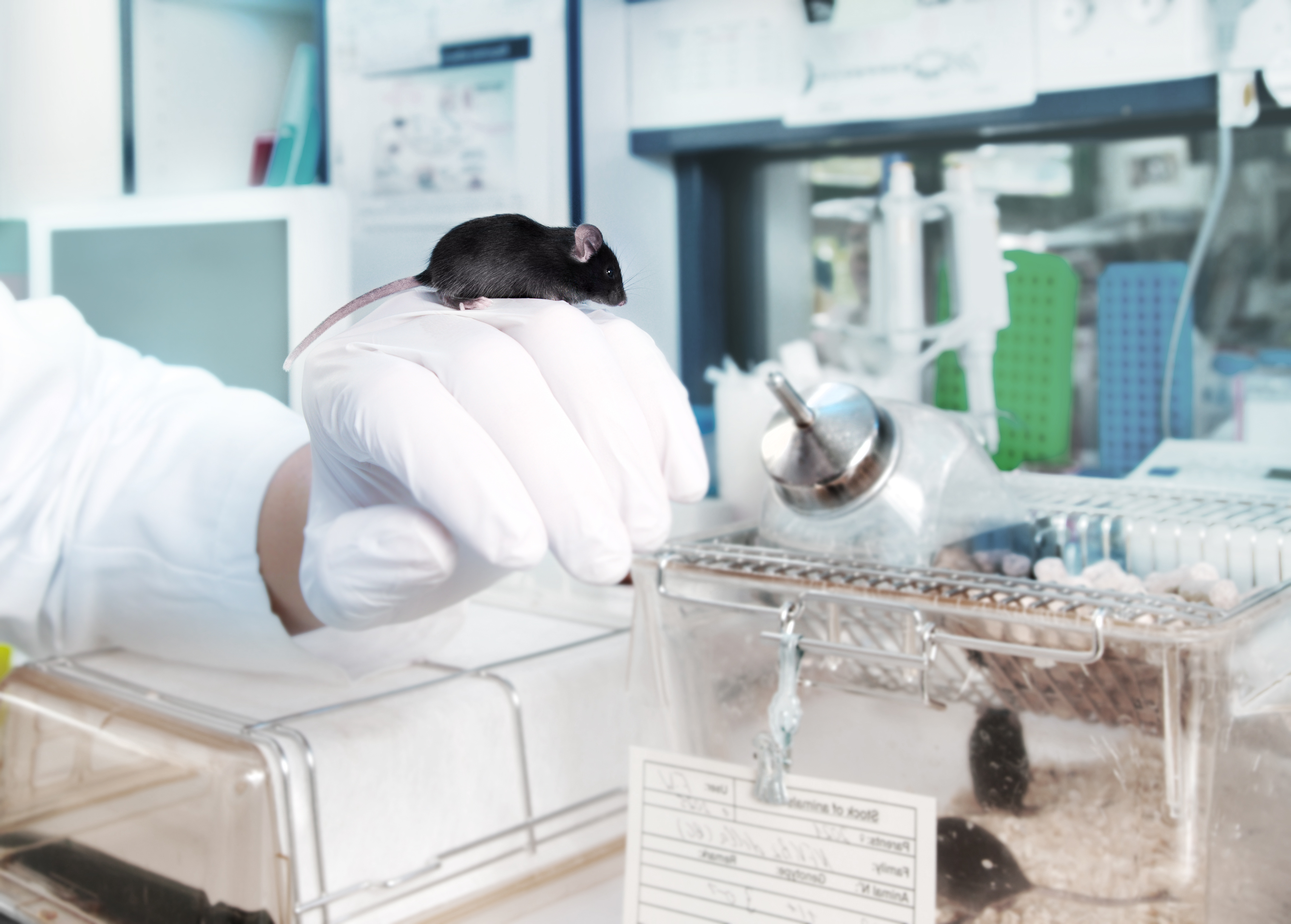Peptide Shown to Protect Against Lung Fibrosis in PF-Treated Mice

C-type natriuretic peptide (CNP) is already known to protect against fibrosis in heart tissue. Researchers from the National Cerebral and Cardiovascular Center, Japan, have now shown that CNP can also improve lung fibrosis in a mouse model by preventing the formation of myofibroblasts.
Given the importance of fibroblast cells in the development of fibrotic disease, the researchers investigated whether CNP affects the function of these cells. In pulmonary fibrosis, fibroblasts are transformed into a cell type that secretes large amounts of collagen and has contractile properties similar to smooth muscle cells — the myofibroblast. This transition is driven by the pro-fibrotic factor TGF-β.
The study, “C-type natriuretic peptide ameliorates pulmonary fibrosis by acting on lung fibroblasts in mice,” investigated the effects of the hormone using a number of complementary approaches.
The team first treated normal mice with bleomycin to induce fibrosis, and half of these mice also received CNP. The findings, published in the journal Respiratory Research, showed that the CNP-treated mice had lower levels of fibrosis in their lungs and secreted less of the pro-inflammatory and pro-fibrotic molecules IL-1β, IL-6 and bFGF.
Researchers obtained similar results when they used a genetically engineered mouse that produces high levels of CNP. In both the normal and mutant mice, the levels of TGF-β were normal, indicating that the hormone impacted the fibrotic process at a stage downstream of TGF-β.
To confirm that the effects of the antifibrotic factor in the mice were mediated via actions on fibroblasts, the scientists then studied these cells, isolated from the normal lung tissue of lung cancer patients. When these cells were stimulated with TGF-β, they turned into myofibroblasts; when the fibroblasts were stimulated with CNP, the process could be prevented. The scientists also observed that CNP treatment prevented TGF-β-driven phosphorylation of Smad2, a molecule downstream of TGF-β.
Finally, to see if the findings might have clinical relevance, the research team compared the levels of the CNP receptor, GC-B, in fibroblasts isolated from patients with and without fibrotic lung disease. No differences were found in receptor levels.
In conclusion, the study suggests that it might be worth exploring the therapeutic potential of CNP to treat pulmonary fibrosis.







